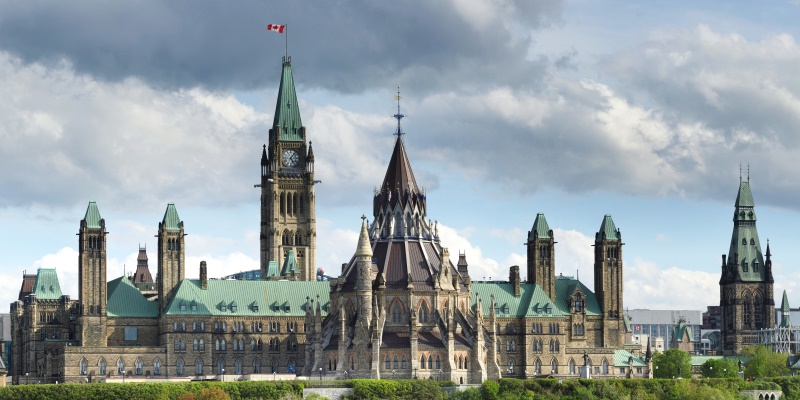Ottawa’s new ‘net-zero’ law takes unnecessary step towards unreachable goal

People who receive placebos in drug tests often feel better because they expect to feel better. A lot of modern laws are like that—they make people feel better even though they don’t really do anything. Canada’s new Net-Zero Emissions Accountability Act is such a law. It sets a carbon dioxide (CO2) emissions target of “net-zero” for 2050, but doesn’t bind anyone to meet it. Laws aren’t needed just to set a target. Both the Harper government and the Trudeau government had set emissions targets for years, without any legislation. Why legislate now?
According to the government’s media release, the new law will provide transparency of the target and accountability in achieving it. That sounds good, but shouldn’t our government always be transparent and accountable, without a new law announcing it will do what it’s supposed to do? It’s hard to see how this new law will do anything but invite litigation seeking to compel the government to achieve the target.
In reality, despite the promised transparency, the law is opaque on the single most important issue: the cost to Canadians of an accelerated transition to net-zero. As we see from the energy crisis in Europe today (which began long before Russia invaded Ukraine), the premature closing of nuclear plants and the gas supply shortages have required a sudden increase in the use of inexpensive coal, resulting in increased CO2 emissions. Also, the rapidly rising cost of gas for home heating has forced many Britons and other Europeans into “energy poverty,” where they’re forced to choose between heating and eating. Canada is a lot colder than most of Europe, with much greater distances between population centres, yet we’re following the European path to energy poverty by phasing out fossil fuels before building enough new non-intermittent power generation such as nuclear and gas.
And speaking of the rest of the world, contrary to popular misconception, the Paris Agreement does not require any country to reach net-zero at any time. It permits each country to set its own targets, whether by decreasing or increasing emissions. China, India and several other developing countries—representing two-thirds of the global population—set targets to increase their CO2 emissions, not reduce them. Today, these countries are building thousands of new coal plants, not shutting them down as we are.
Canada, despite its green promises, has also been increasing its GHG emissions. By 2019, Canada’s emissions (730 megatonnes of CO2 equivalent) were up 21.7 per cent over 1990 according to Ottawa’s Environment and Climate Change Canada website. As the pandemic lockdowns ease, further emission increases are likely in 2022 and beyond. That doesn’t look like a rapid transition to net-zero.
By 2019, Canadians annually emitted 15.4 tonnes of CO2 per capita, among the highest of any developed country including the United States. How, exactly, will Canada reverse this trend from 15.4 to net-zero in a mere 28 years? Our government hasn’t explained how, or how much it will cost. Silence may be less embarrassing than admitting it has no costed plan, or releasing the plan and showing its lack of realism.
Finally, last August the government said that “net-zero emissions means our economy either emits no greenhouse gas emissions or offsets its emissions, for example, through actions such as tree planting or employing technologies that can capture carbon before it is released into the air.”
Of course, there’s currently no technology that will enable the entire Canadian economy to emit no CO2. Nor is it possible to capture CO2 “before” it’s released into the air from the millions of sources in Canada—every home, every car, every office and factory would need to have a carbon capture device, which does not yet exist (even on paper). Planting trees is neither a quick nor long-term solution because it takes decades for them to grow to a substantial height, and although they absorb CO2 during their growth period, they decompose when they die, releasing the CO2 they’ve absorbed. And the planted trees are often cut down to burn for biomass or other uses.
Climate change is a global concern that is neither locally caused nor locally cured. Of course, our government should do something about extreme weather events in Canada. But why pass a feel-good law for an unreachable goal via an unknown plan at an undisclosed cost, and say that this provides transparency and accountability?

